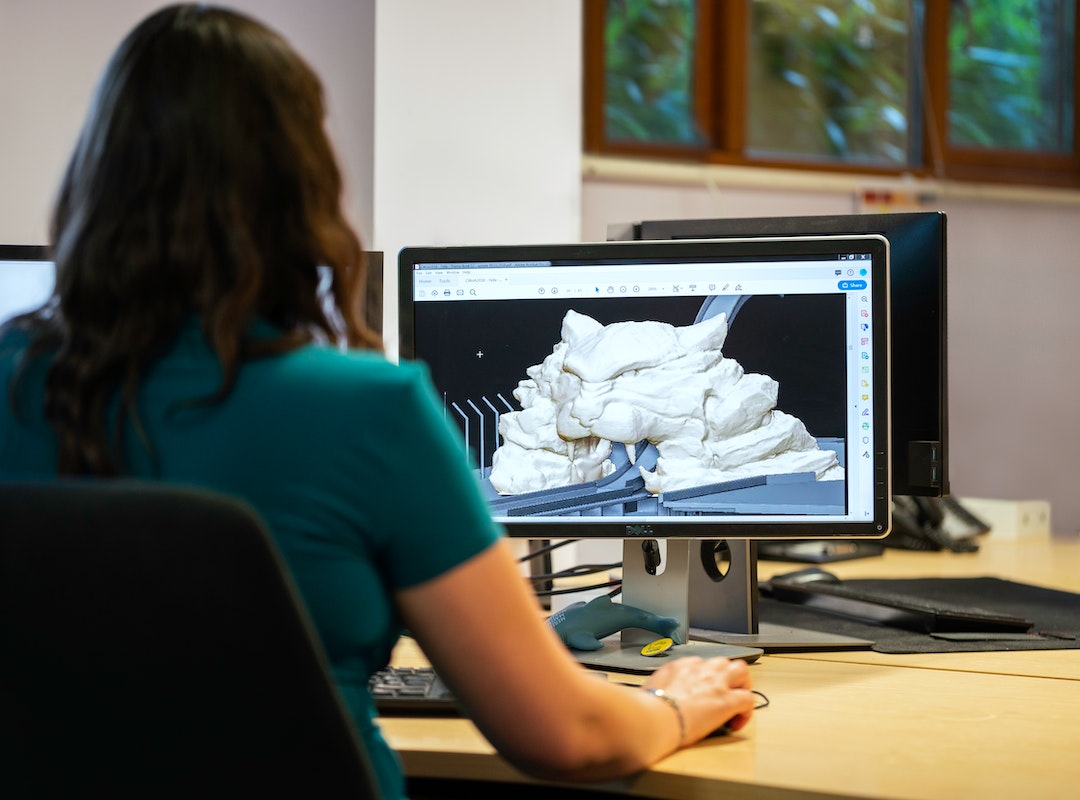You can’t run a successful business without the right people on your team. Even if you have a brilliant concept, you can’t bring it to market (much less become a brand leader) if you don’t have the best and the brightest on your staff. And while the hiring process is an important part of bringing the highest caliber candidates on board, you’ll need to go to greater lengths to keep them on board. In most cases, that comes down to developing a strong company culture that values your employees. In order to keep employees engaged at work, you need to take care of them. That involves everything from making sure their voices are heard to giving them the flexibility and freedom they need for better health. In this blog we have discussed the tops ways, using which you can improve your agency’s culture and employee engagement in 2021.
Happy employees are more likely to stick around for the long haul. And since we know that highly engaged teams exhibit 59% lower rates of turnover, 41% lower rates of absenteeism, and 21% higher rates of profitability, an investment in your company’s culture can mean big things for your bottom line. If you’re looking to grow your business, focusing on culture and engagement can be a great start. Here are just a few ways to improve both in 2021.

Practice Active Listening
Most of us rely on our ears to provide us with valuable information, especially in the workplace. But do you know the difference between hearing and listening? Simply put, hearing involves the basic perception of sound. But listening involves more than mere soundwaves. Active listening requires you to pay close attention to a speaker’s words (and even non-verbal cues!). You must make a concerted and conscious effort to understand the message that’s being communicated.
Active listening is an especially helpful tool in the workplace, as it can be used to ensure employees truly feel heard. It’s a skill that can facilitate more productive conversations while making the speaker feel valued and understood. In many cases, it can even diffuse emotionally charged situations.
To become a better listener, it’s a good idea to keep the acronym RASA, a concept developed by Julian Treasure, in mind. “RASA” stands for Receive, Appreciate, Summarize, Ask – the steps you should take when you practice active listening.
When we receive, we pay attention to the speaker and are both physically and mentally ready to process information. When we appreciate, we give verbal or non-verbal cues to let the speaker know we’re engaged (such as nodding or short sounds that naturally occur in conversation). The summarization phase is especially important, as this is when we paraphrase what the speaker said. In the final stage, we ask a question to clarify or further engage the speaker. Although we may naturally practice these steps in conversation, it’s easy to veer away from this path. Often, we get too excited about our own ideas or we’re too quick to dismiss the speaker’s thoughts. This can be particularly damaging in a workplace setting.
Old habits die hard, which is why you need to consistently practice active listening. You may even consider offering RASA training to every employee. Whether in a large meeting or a one-on-one conversation, active listening can make a huge difference in your company communication and overall culture. When employees know that their thoughts are actually being heard and that their opinions matter, they’ll be more likely to be engaged at work.
Grow Decision Trees
Employees want to feel valued at work. But throwing a pizza party or hosting an after-work happy hour isn’t the way to accomplish that. Workplace perks are great, but they aren’t what keeps employees around. If you want your team members to stay, they need to feel like they have an impact on the way the company is run.
That doesn’t necessarily mean that every single employee should have equal say in every business decision you make. But it does mean that you should be looking to your employees to make the decisions that directly impact their everyday lives at work. Involving your employees in the decision-making process can improve employee engagement and create a culture that’s centered around values like accountability.
Many companies will use a “decision tree” model to obtain input from the employees who are closest to the information. These decision trees feature different “branches” that help guide your team through a decision. Firstly, a decision document is drawn up to give some background information and to pose a specific question. This question is usually fairly simple; rather than an open-ended scenario, it’s often best to ask a question that can be answered with a yes or no response. In most cases, employees will be asked to submit a consultation on a given decision wherein they privately explain the decision they’d make and their reasoning to an individual in charge of the decision.
These consultations will then be compiled by the decision maker and weighed carefully before a choice is made. Then, the final decision can be vetoed or ratified by another individual (usually, but not always, someone in upper management) and shared with the entire team. A vetoed decision requires explanation, which can then be used to draft a subsequent decision document to address the issue. Even if a decision is ratified, the team holds the power to make another decision in the future on this issue if and when circumstances change.
Decision trees can be an excellent way to share information freely, encourage employees to get involved, and empower team members for long-term engagement. Entrusting your employees to make the best decisions for your company can do wonders for your culture and retention rates.
Offer Flexible Work Options
One thing that the COVID-19 pandemic taught us is that millions of jobs really can be performed remotely. While this revelation might not please many business owners, the reality is that today’s employees are no longer willing to accept a conventional 9-5 office arrangement. According to a recent Prudential survey, 87% of Americans who worked remotely during the pandemic want to continue working from home at least one day a week. Around 68% of employees say that a hybrid workplace model would be best, but 42% of workers report that they’ll have no problem looking for a new job if their current employer won’t continue to offer remote work options post-pandemic.
Essentially, this means that you’ll do your brand a huge disservice if you’re unwilling to consider more flexible work arrangements. Although the pandemic forced many people to juggle multiple responsibilities while working from home, remote work also allowed for greater flexibility and a healthier work-life balance for millions of employees.
And since we know that remote work has been shown to boost both productivity and employee engagement while curbing costs, it simply doesn’t make sense to return to a more restrictive and traditional workplace model. Most experts agree that employers who force their team members to return to the office five days a week will likely be faced with higher rates of attrition and absenteeism. Now that we know how efficient we can be while working from home, you’ll have a tough time convincing employees to embrace the morning commute and uncomfortable workplace garb. If you really want to be considered a leader in your industry and keep your employees engaged, focus on developing a culture that can be maintained on a remote basis. Improve your communication, schedule meetings that employees actually want to attend, plan virtual events, and continue to create promotion opportunities for remote workers.
A system like ROWE (Results-Only Work Environment) can ensure radical autonomy and accountability. Employees have the freedom to work from anywhere and at any time that’s best for them. As long as they meet strict metrics, they can basically create their own schedule even with full-time employment.
For too many businesses, employee engagement and company culture are afterthoughts. But if you want to build a company that’s truly great and that will stand the test of time, these considerations actually need to come first. With these tips in mind, you can ensure your team knows that they’re valued and that you care about their experience. When you can express those factors in everything you do, you’ll create a strong culture of engaged employees – and nothing will hold you back from reaching your goals.









It’s in reality a great and helpful piece of info.
I’m happy that you just shared this helpful information with us.
Please stay us informed like this. Thank you for sharing.